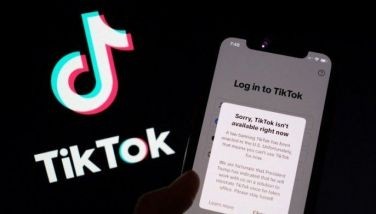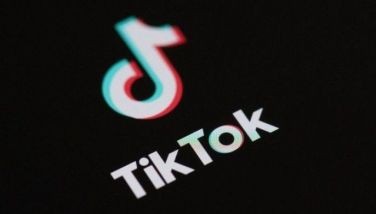A sound iPod decision with SoundDock
Despite the best efforts of a myriad of competitors, the ubiquitous iPod and its many iterations remain the audio bling of choice. For despite the preponderance of more inexpensive and user-friendly platforms out in the market, nothing quite cuts it like the Apple progeny. Aside from the standard eye-candy attraction, from a marketing standpoint the snob appeal weighs in heavily for the iPod. It is truly an aspirational product for teenagers of, well, all ages.
This is something not lost to brands big and small competing for the audio equivalent of an automobile after-sales market. Peripherals, protectors, skins, headphones, and speaker systems vie for a growing number of iPod faithful looking to personalize their ’Pods.
Still, there was some surprise that Bose, a long-time icon in sound quality first known for its distinctive-looking direct/reflecting speaker system (which debuted in 1968), would take on the rich iPod peripheral market. After all, there’s an apparent dichotomy between the company paradigms — one putting a premium on mobility and convenience over sound quality, the other going the other direction. No one could ever accuse the iPod of delivering less than pristine sound. Its raison d’etre was to give relief to people sick and tired of lugging their bulky, antiquated CD player and 10-disc case everywhere.
But another school of thought soon emerged. Why not make the iPod the heart of an entertainment system? People started plugging their computer speakers into their iPods. Great idea — except that the limitations of the compressed music soon became apparent. Enter the iPod-dedicated speaker systems.
Measuring a space-saving 6.65 x 11.91 x 6.48 inches, the Bose SoundDock weighs in at 4.5 pounds and reflects the same ethos as the iPod: build it small and they will buy big. But the similarities end there. For Bose is, of course, still about sound quality. There’s absolutely no sense in coming up with a speaker system that merely forces the iPod to perform in a larger theater that it clearly wasn’t made for.
But before everything, it must be mentioned that the Bose SoundDock is such a no-brainer to use, you wouldn’t even need to read the manual. Whatever iPod you have, there are adaptors (dock inserts) for it in the SoundDock package. Choose the adaptor, stick it in the docking cradle, then plug in your iPod. Voila! Plus, it also charges the unit. And the direct current power source is a cinch to use since it automatically detects voltage (whether 110 or 220 volts). And a simple, credit card-sized infrared remote lets the user turn the unit off, adjust volume, play and pause, and skip tracks. Tip, though: create a playlist of your favorite songs, then clickwheel your way to it and press play. The SoundDock can then flip through these songs, as it cannot navigate from folder to folder using the remote.
Even at low volume, the SoundDock performs laudably — dishing out robust bass and crisp definition. You can tweak the tonal quality to your taste via the EQ function of your iPod itself. And worry not, no tinny tones and distortion here. Bose employs its patented integrated signal processing technology to ensure sound quality and realism at almost any volume level.
Another nifty plus is that its speakers are magnetically shielded so you can even place the unit near your computer monitor and TV without fear of picture discoloration or signal noise — great relief for condominium owners where space is a premium. In fact, one would suspect many a SoundDock (which comes in black or white, by the way) will find a home in these high-rise havens.
Expectedly, Apple has come out with its own speaker system, dubbed the iPod Hi-Fi. Unlike the SoundDock, it can be run on (count ’em) six D cell batteries for mobility, although reviews say it’s a power guzzler. The Hi-Fi also does the SoundDock one better by featuring an input port. However, the Hi-Fi has a larger footprint, and possesses rather tepid lines compared to the elegant Bose product. Apple claims a frequency response of 53Hz to 16kHz ± 3 dB. Bose does not provide its sound range for the SoundDock, though an online trade review has harped on its “home theater goodness... without sacrificing overall audio accuracy.” The SoundDock is cheaper, too — tagged at almost P18,000 compared to the Hi-Fi’s P19,900 tag.
When all’s said and done, the SoundDock is probably akin to a working man’s entry-level Bose product — with both technology and snob-appeal that should open new doors to the wonderful world of sound, and a whole new level in its appreciation.
* * *
Visit Bose showrooms at the Power Plant Mall at
- Latest





























